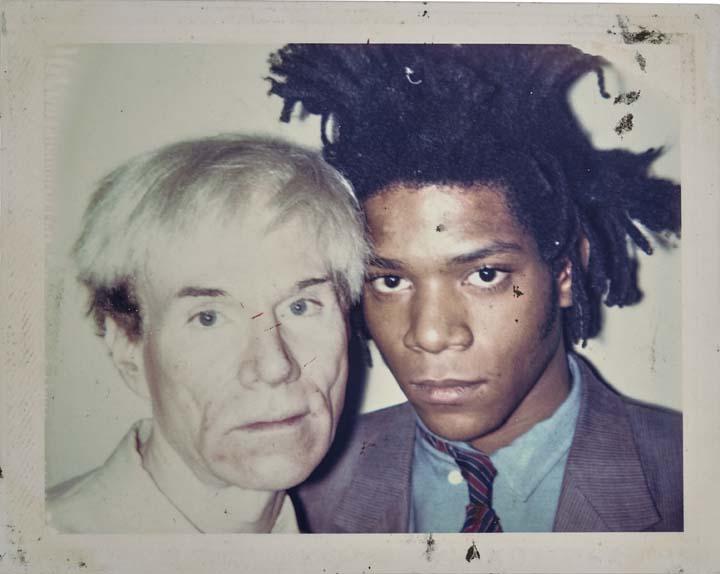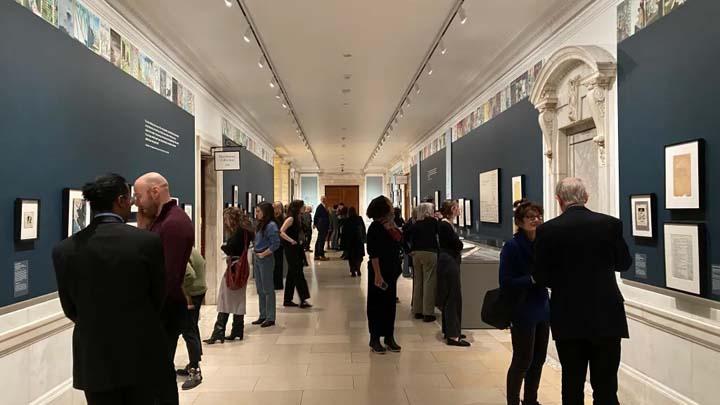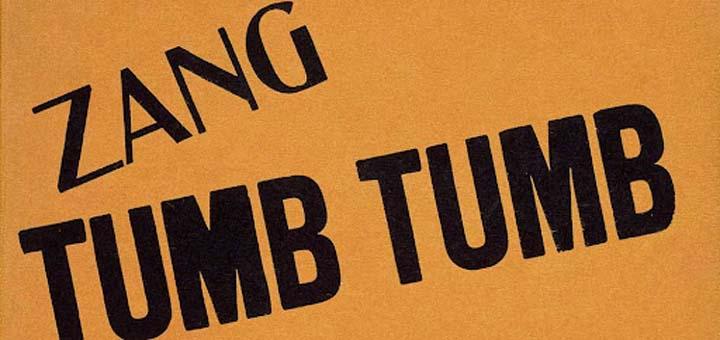The DART Board: 10.29.2025
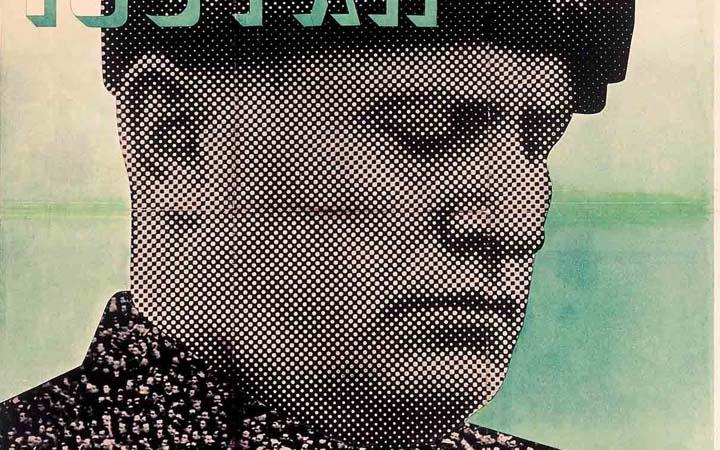
The Future Was Then | The Changing Face of Facist Italy at Poster House
In a fascist movement inspired by art, how does the fascist government influence the artists living in its grasp? This exhibition explores how Benito Mussolini’s government created a broad-reaching culture that grew with and into the Futurist movement to claw into advertising, propaganda, and the very heart of the nation he commanded.
Featuring 75 pieces from the world-renowned Fondazione Massimo e Sonia Cirulli in Bologna, Italy, this expansive exhibition chronicles the length of Mussolini’s regime, focusing on the often blurred line between propaganda and art.
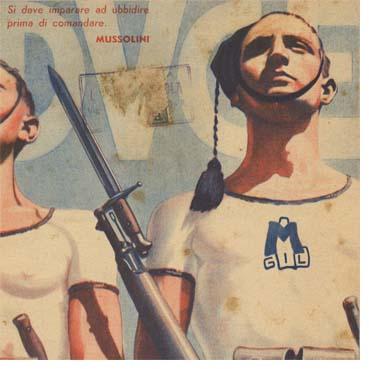
Thursday, October 30, 6:30pm: Steve Heller on Authoritarian Branding
In honor of the exhibition The Future Was Then: The Changing Face of Fascist Italy, prominent design historian Steven Heller will present a survey of this charged topic and address the design methods used to enforce conformity to various regimes’ authoritarian agendas. Tickets Read Steve Heller’s piece on the show in The Daily Heller
Through February 22, 2026 at Poster House, 119 West 23rd street, New York, NY Info.
Andy Warhol | The Dialectical Third at The Hole
Andy Warhol’s The Dialectical Third, the inaugural exhibition and lending program of The Grove Foundation, brings together intimate and subversive Polaroids made by Warhol in the 1970s and 1980s. Owing to the persistence of both social and sexual taboos along with the explicitness of the images themselves and their celebration of marginalized identities and gender performance, the vast majority of these works have remained largely unknown to the broader public. Above: Self-Portrait with Jean-Michel Basquiat, 1982
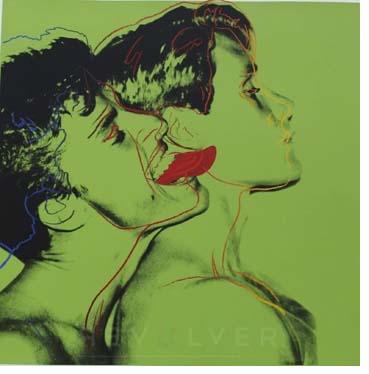
In showcasing this collection now, The Dialectical Third represents The Grove Foundation for the Arts’ core mission of advocating for silenced communities and freedom of expression, while also providing a vital forum for engaging with Warhol’s challenging yet prescient work.
Though Polaroids have typically been understood as a reference point or source material for Warhol’s future works, these images also function as forms of aesthetic expression in their own right—ones that document intimate moments and explicit acts in equal measure. Rather than reinforce long-established theories and historical interpretations, The Dialectical Third aims to establish a new space for encountering Warhol’s work, one that embraces ambiguity and the possibility of contemporary meaning.
Through November 24 at The Hole, 86 Walker Street, New York, NY Info
A Century of The New Yorker at NYPL
Over the past 100 years, The New Yorker has created a world of its own. Guided by the founding vision of Harold Ross and Jane Grant, and built upon by generations of staff, the magazine has set the bar for effortless style, thought-provoking prose, journalistic rigor, and playful art—delivered with a dash of snootiness, and a wink.
In ways we see and don’t see, The New Yorker has informed our understanding of almost every aspect of society: war and violence, race and gender, the environmental movement, the distinctiveness of American fiction writing, and more. In its contributors and its content, the magazine has reflected both the lofty ideals and the profound inequalities that have defined the American experience in ways that continue to shape our social and political landscape today.
The story of The New Yorker—and the brilliant, funny, obsessive, imperfect people who made it—is told, in part, in the pages of the 5,057 issues that have gone to print in the magazine’s first 100 years. But a deeper history can be found in the magazine’s archives, in the collections of The New York Public Library. Through correspondence, manuscripts, memos, artifacts—and yes, cartoons—A Century of The New Yorker uncovers the unsung stories of prickly editorial relationships, diligent typists, fastidious fact checkers, and talented artists.
Through February 21, 2026 at The New York Public Library, Stephen A. Schwartzman Building, Fifth Avenue at 42nd Street, New York, NY Info
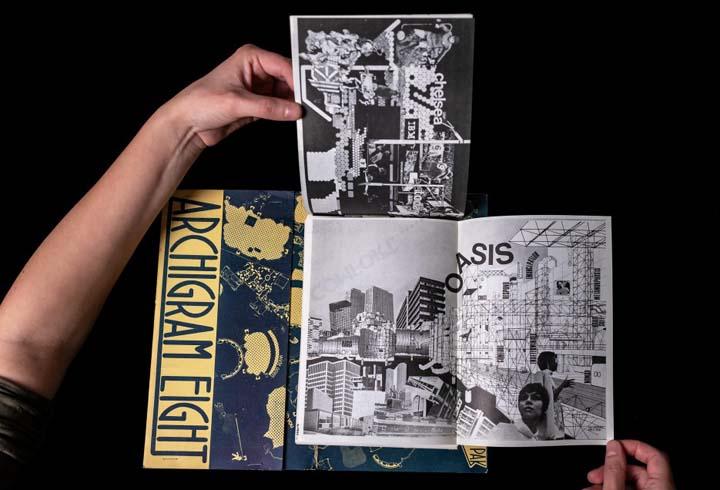
Plug In, Fold Out, Pop Up: Archigram | Making a Facsimile at Cooper Union
Archigram, the influential London-based architectural group, created some of the 20th century's most iconic images and projects, rethought the relationship of technology, society and architecture. Ionoclastic and influential, its founders predicted and envisioned the information revolution decades before it came to pass, and reinvented a whole mode of architectural education - and therefore produced a seam of architectural thought with truly global impact.
The name Archigram (Architecture+Telegram) was invented to describe a home-made magazine put together in 1961 by the young architects, Peter Cook and David Greene, joining first with Mike Webb. This free-form magazine was designed to explore new projects and new thinking which were overturning the strict modernist dictates of the 1960s.
Now, The Cooper Union School of Architecture invites the public to visit the exhibition “Archigram: Making a Facsimile.” Presented in partnership with New York publisher D.A.P., Archigram: Making a Facsimile traces the process of recreating all ten issues of this legendary magazine by focusing on its highly inventive uses of paper—from ingenious folds and cut-outs to wallets, pockets, and pop-ups—while celebrating a feat of bookmaking that remains unrivaled in the history of little magazines.
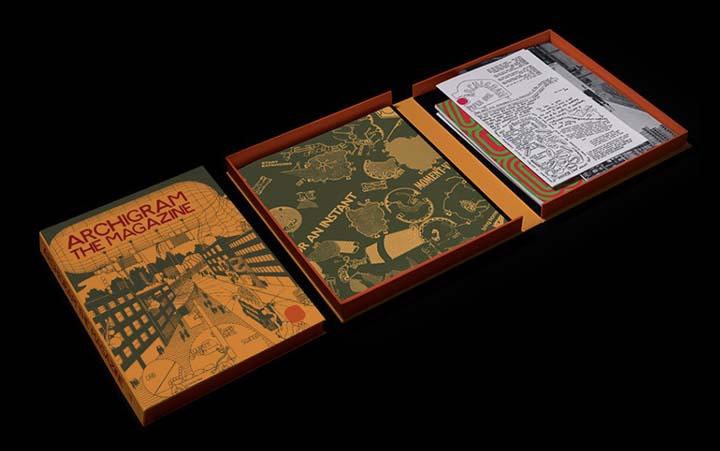
Archigram’s influence has proved enduring, perhaps most famously in its impact on Richard Rogers’ and Renzo Piano’s Centre Pompidou, and on a later generation of nineties and noughties modernists embracing the potential of technology including Future Systems, Foreign Office Architects, Diller Scofidio + Renfro, Anthony Dunne, and Fiona Raby. Archigram’s members have also taught several generations of architects—in particular at The Cooper Union, where Michael Webb was a faculty member from 2010–2017 and Dennis Crompton taught in the spring of 2010 as the Irwin S. Chanin Distinguished Professor.
Archigram stood for fecundity of imagination, riotousness, hilarity, debate, provocation, and hopefulness. Unique in architectural publishing, the group’s magazine represents a fertile collision of architectural and print aesthetics. As such, Archigram remains a trove of inspiration, for students not only of architecture, but also of art and design.
Through November 6 at The Cooper Union Foundation Building, Third Floor Hallway Gallery, 7 East 7thStreet, New York, NY Info
Save the Date:
Thursday, November 13, 6-7:30pm: Facist lettering tour at Poster House
Join type historian Paul Shaw for a gallery tour of The Future Was Then: The Changing Face of Fascist Italy. In 2002, Shaw spent six months chronicling and visually recording some of the numerous surviving Fascist inscriptions and icons in Rome and other Italian cities. Since then, he has continued to explore the epigraphic and graphic representation of the Mussolini regime as well as commercial ephemera from the interwar years in Italy. Paul will share his great knowledge of Fascist lettering and design in a detailed exploration of this exhibition.
Paul Shaw is a calligrapher, graphic designer, design historian, and type historian who has led five gallery tours for Poster House. He has taught at several New York area universities and design schools over the past 45 years and is currently at the School of Visual Arts.
Poster House, 119 West 23rd street, New York, NY Info.



